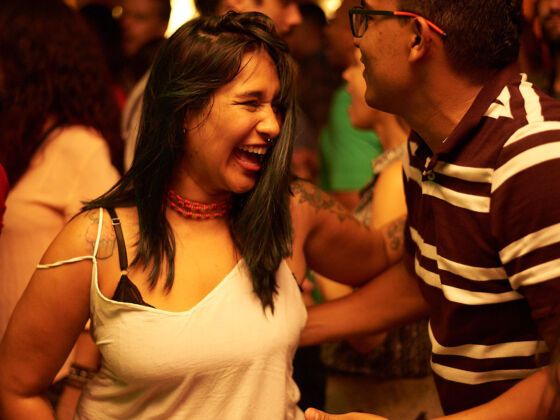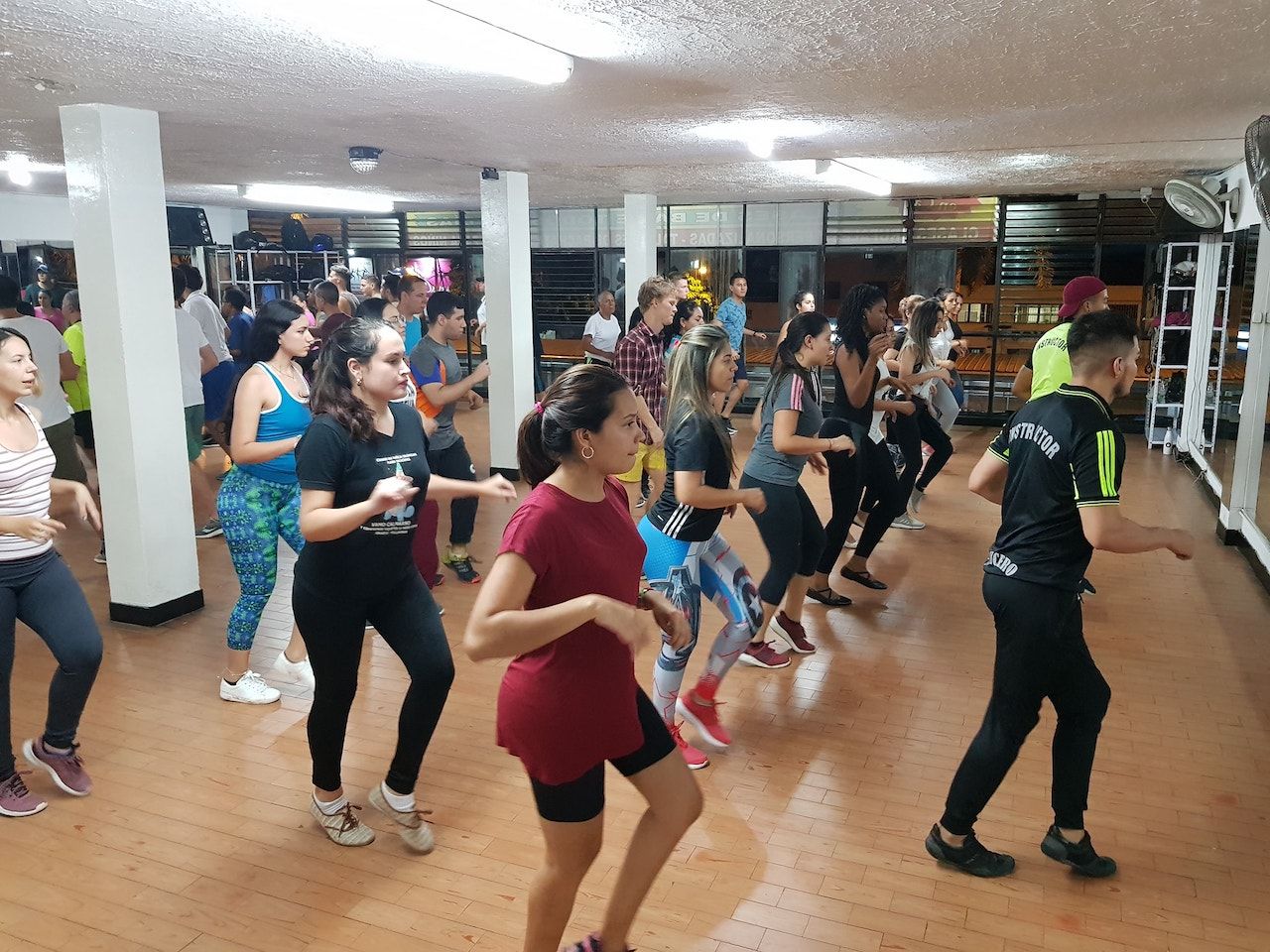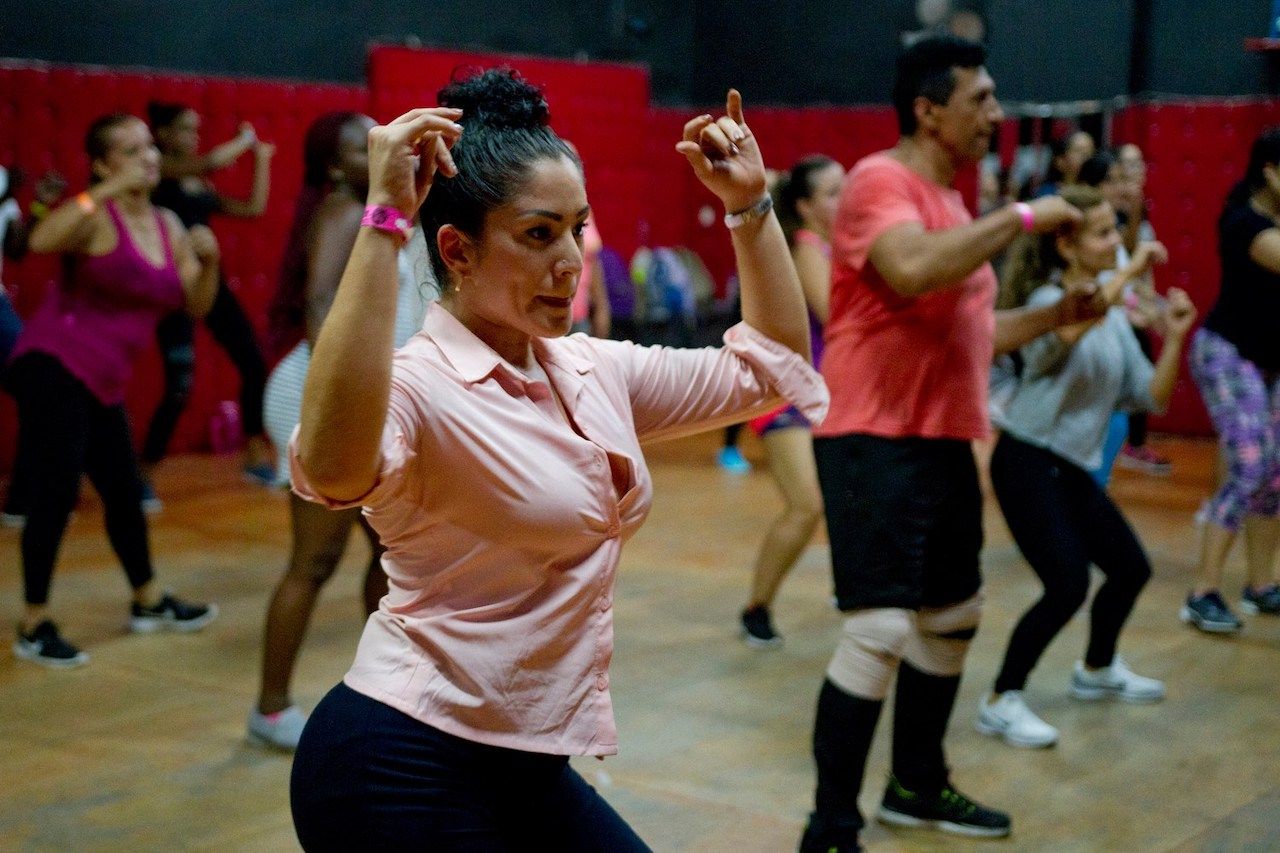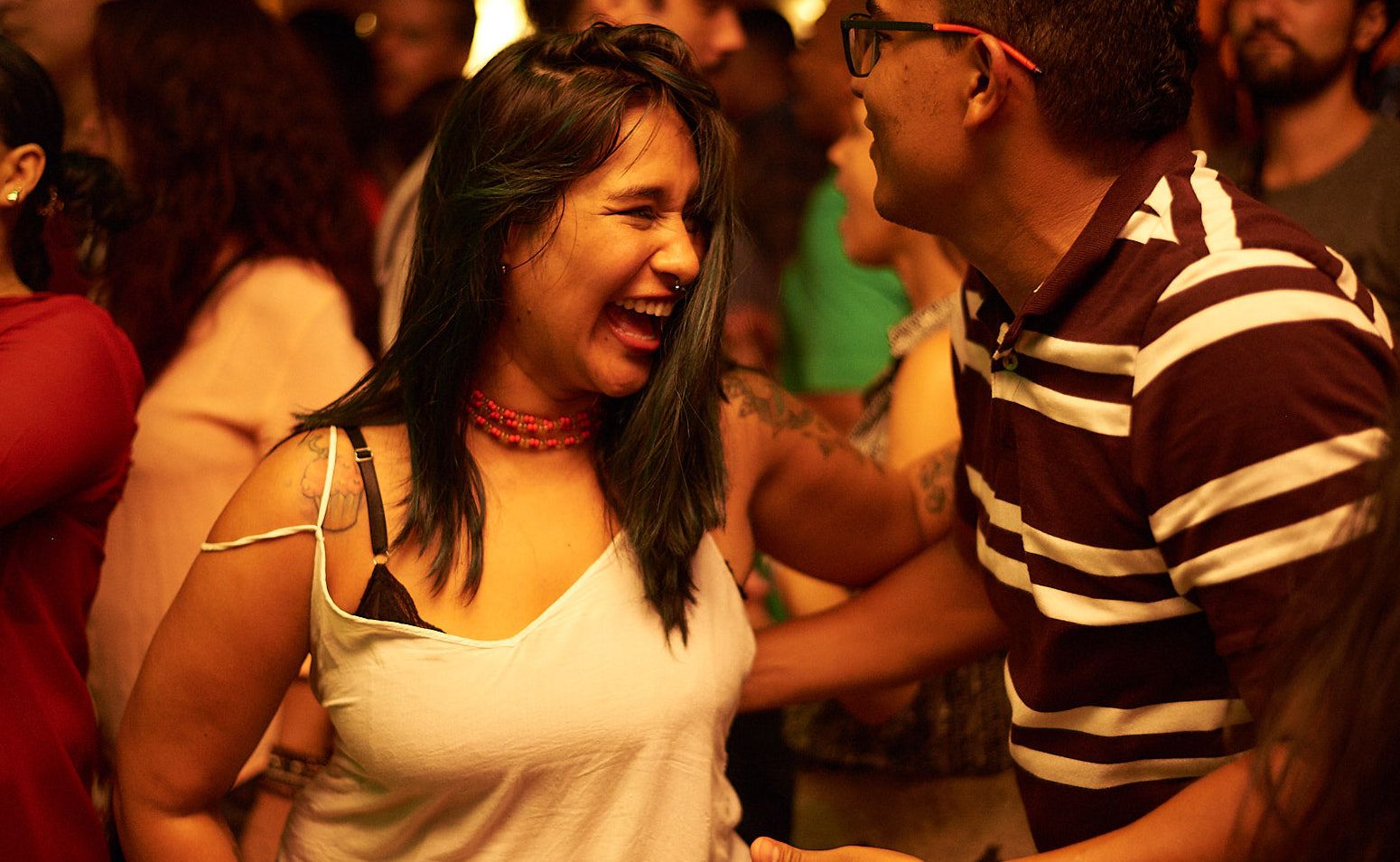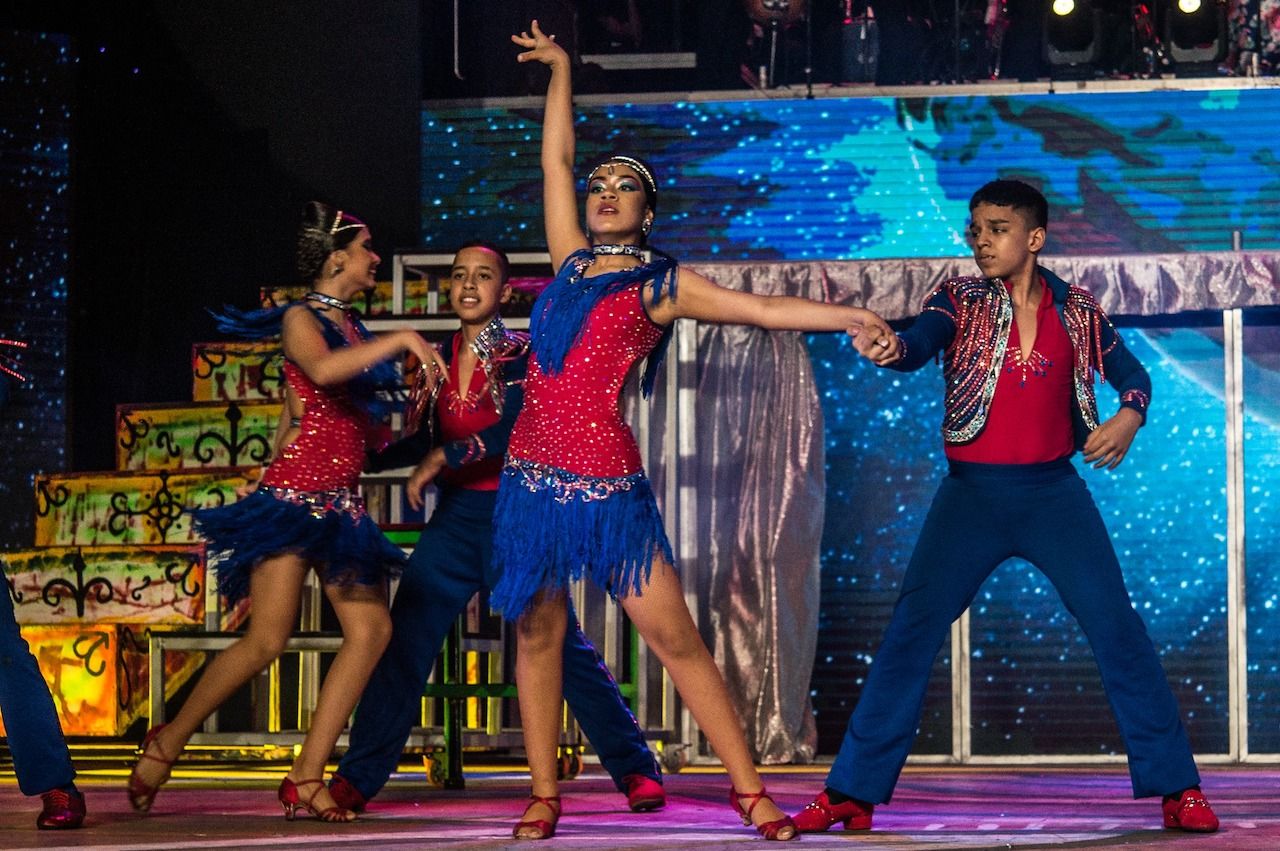There is no better place in the world to learn salsa dancing than Cali, Colombia.
In the self-proclaimed “Salsa Capital of the World,” salsa is everywhere. It’s the glue that holds the city together. You hear it in taxis, supermarkets, dentist offices — it’s inescapable.
I originally arrived in Cali to take a week of classes. Six years later, I’m still dancing shoulder-to-shoulder with the city’s top dancers. Whether you’re planning a trip for three days or three months, here’s everything you need to know to learn salsa in Cali.
